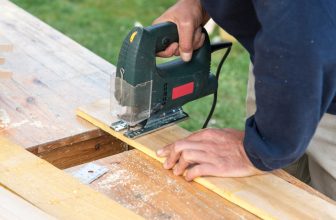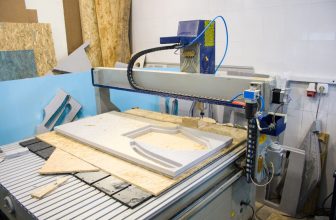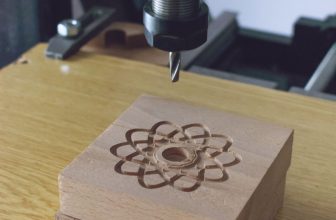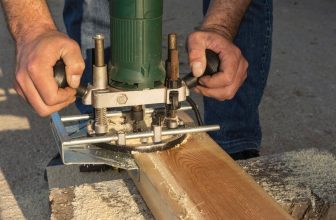How to make and use a bucket and hose water level
Materials
You will need a standard plastic bucket and 12 meters (40ft) of 6 mm (1/4″) nylex clear plastic tube or similar. Both items can be purchased from any major building suppliers.
Instructions
1. Drill a hole in the bucket 50mm (2″) up from the bottom. The hole size should be slightly smaller than the plastic tube.
2. Slice one end of the plastic tube about 50mm (2″) down. Fig 1 This enables the tube to be threaded into the slightly smaller hole in the bucket. Fig 2
3. Pull the tube from the inside of the bucket until tight. Fig 3

How to use a bucket and hose water-level

Place the bucket on a saw stool or chair and fill to the top with water.
The height of the bucket does not matter.
Let the hose loose on the ground until water is running out freely and all the air bubbles have come through.
Method 1
This method is good for profiles, high decks, high retaining walls, etc.
Pick up the end of the hose and hold it against Post (A). Fig 4
Mark the post where the water line shows in the hose.
This becomes the datum line (not the known required height).
Mark the datum height on the house, post (B), and post (C) in the same way.
You now have a level datum line on all four objects, but you want to trim the top of the posts to the same height as the known required height on the house. Shown in Fig 4
You do not need the water level any more.
Simply measure up from the datum height marked on the house to the known required height, also marked on the house. Transfer this measurement to posts (A), (B) and (C), measuring up from the datum height marked on each post.
You now have a level line from the known required height on the house, through to post (A), (B) and (C).
Method 2
This method is good for low profiles, low decks, low retaining walls, for finding level heights for ponds and pools, ground contours, etc.

Pick up the end of the hose and hold in against a piece of rod held upright on area (A). Fig 5
Mark a pencil line on the rod where the water line shows in the hose.
Walk down the hill and do the same over area (B).
You will now have two pencil marks on the rod. Whatever the distance measures between the two marks, is also the distance area (A) will need to be dug down to be level with area (B).







I think this is a great site. I have never heard of the bucket and hose levelling thingy. I am going to use it. Thanks so much for a brilliant idea.
Cheryl
This is one of the best ways to level anything ! They work around corners, inside houses, waterlines on boats, checking floor levels from the inside on repiled houses, setting out cladding, formwork for driveways, and if working alone. Stuart D (Master Builder)
add a bit of food colouring to the water….makes it much easier to see
FYI, I used 1/4″ OD vinyl tubing with a 7/32″ drill bit which worked perfectly. Another tip is to tape the hose to a yardstick, so that you can measure height differences.